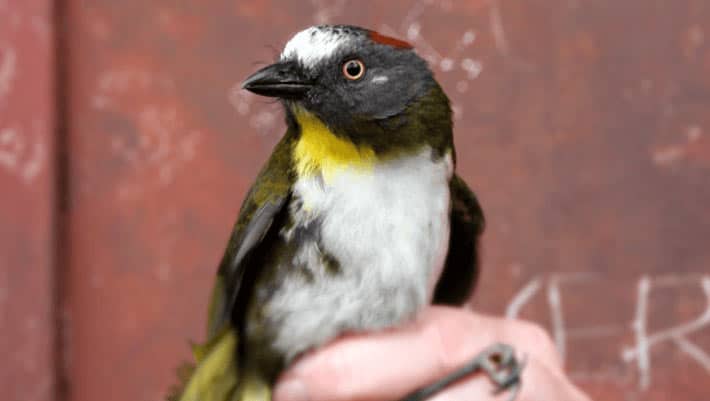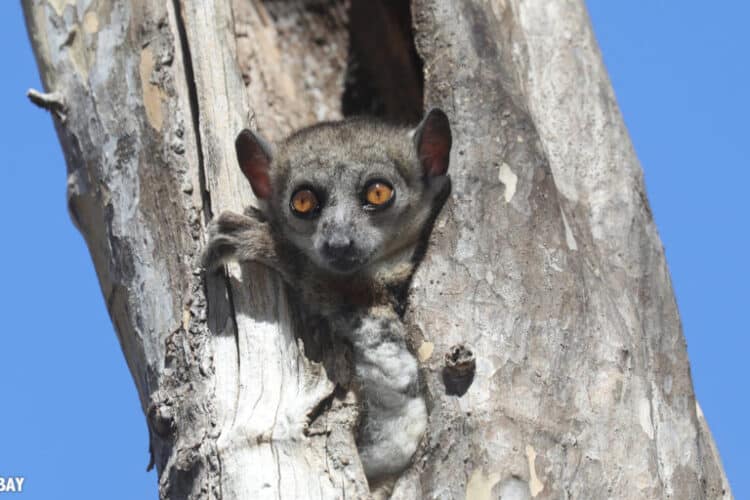Artificial Intelligence, commonly known as AI, is one of the top emerging conservation technologies.
AI technology can quickly count members of a species, monitor movement, and identify rare animals. These are just some of the reasons that the emerging technology is proving to be important to conservationists.
However, it can also potentially help average people engage more fully with the natural world. This is because some AI technology can help users identify wildlife.
Programs have been developed that can help users identify not only different species but also individual members within a species.
These kinds of programs not only help to promote engagement but also can help users make important scientific contributions.
One emerging AI animal identification program is Oregon-based Happywhale. Founded by a whale conservationist named Ted Cheeseman, Happywhale hopes to use a combination of Artificial Intelligence and citizen science to spread awareness and understanding of the ocean and the marine animals that call it home. The platform allows users to upload photos of whales (even partial photos showing, say, their tails). The AI technology then identifies the individual whale based on their unique markings and tail shape. Then, users can see interactive data and track their whales across the globe.
Programs like Happywhale are beneficial for both conservationists and regular users. By allowing a wide variety of people to upload information to the site, scientists can gather more data. Meanwhile, users can develop a deeper understanding and appreciation for the whales that they see. Happywhale is free for individuals to use, but can also be used commercially by whale watching tours.
Rising use of AI technologies, like those used by Happywhale, can have amazing benefits for Conservation. Raising public awareness is only the beginning. Artificial Intelligence can be used for a wide range of purposes in the Conservation field. For example, likely, AI technology can even be used to stop poaching by analyzing data and predicting areas where this crime is likely to occur. Facial recognition could also be used to spot poachers and alert authorities to human-wildlife conflict. Indeed, one Netherlands group called Hack the Planet has already deployed AI in the fight against poachers.
Ultimately, the future use of AI technology in the Conservation field appears bright. From citizen science and data analysis to poaching prevention, Artificial Intelligence may prove to be an invaluable tool in the fight to preserve our planet.
Sign this petition to Fund Technology That Will Help Stop Poachers!
What you can do
Help to save wildlife by donating as little as $1 – It only takes a minute.
This article by Willow Lynn was first published by One Green Planet on 16 December 2023. Image Credit :Tory Kallman/Shutterstock.








Leave a Reply